Big falls in combined operating ratios are predicted as new technology improves safety
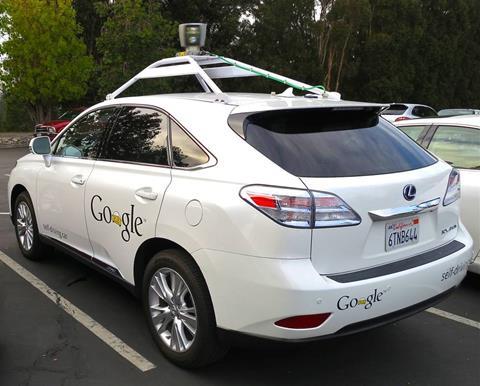
Autonomous emergency braking (AEB) systems reduce rear-end road crashes by up to 38%, according to Euro NCAP and ANCAP, the safety bodies for Europe and Australasia.
As a result of this, many insurers are using features like AEB as a rating factor when setting new vehicle premiums.
Meanwhile, consultancy firm KPMG forecasts that by 2030, all new cars will have some form of connectivity, while more than one-quarter will be fully autonomous, preventing more than 25,000 serious accidents and saving thousands of lives.
Combined ratios fall
KPMG predicts the motor insurance industry will be disrupted as safety improves and driver behaviour and accident event data become more widely available.
This could see the combined operating ratios of typical European motor writers fall from about 99% today to 80%. Premiums are also expected to come down substantially as a result, forcing insurers to find alternative revenue streams.
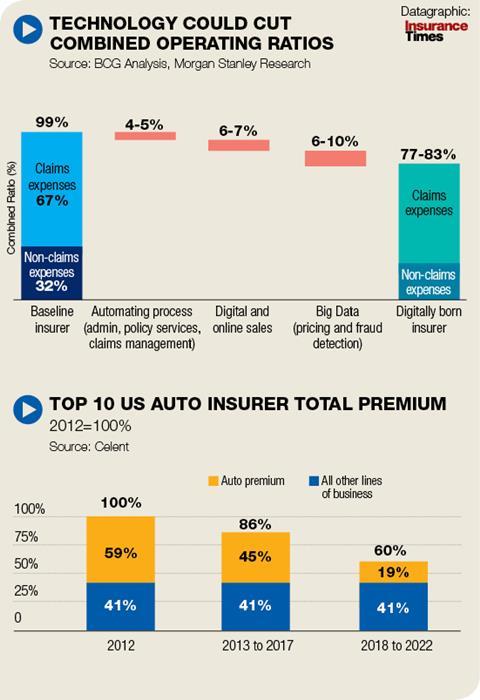
Click here for a larger version
In a 2012 paper: A Scenario: The End of Auto Insurance, analysis firm Celent’s director Donald Light asked: “What happens when there are (almost) no accidents?”, devising a scenario whereby auto liability premium in the US declines from 25% of total industry premium to 10% over the next five years.
Boston Consulting Group partner Michaël Niddam said: “[Autonomous security features] have had a significant impact on the risk, leading to a decrease in frequency on the claims.”
“I’m not sure insurance companies today are altering their pricing, but what is clear is when you look at the loss in certain countries you start to see it going down.
“If you just draw a line the total premium has to go down too. And it means a decreased rate which is not insignificant – we are not speaking of one-half or 1%, it’s more significant than that,” he said.






























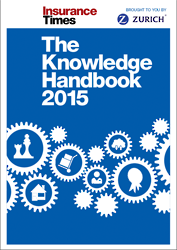
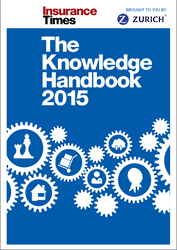
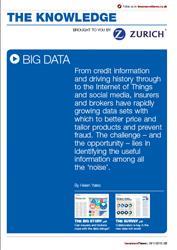
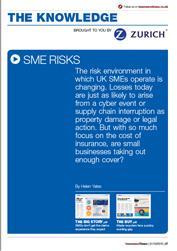

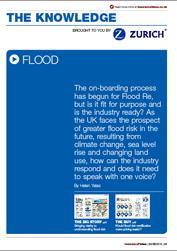



No comments yet